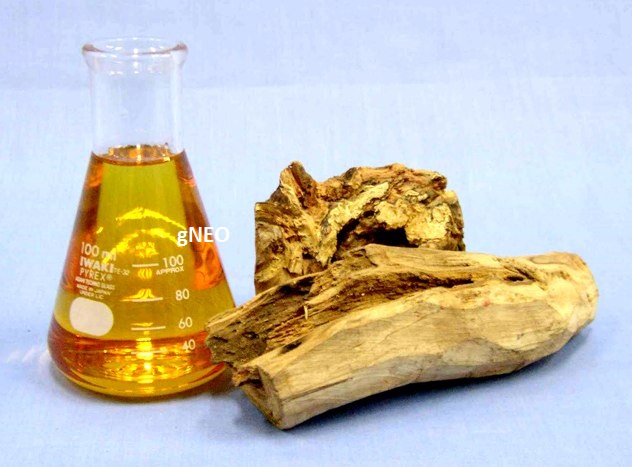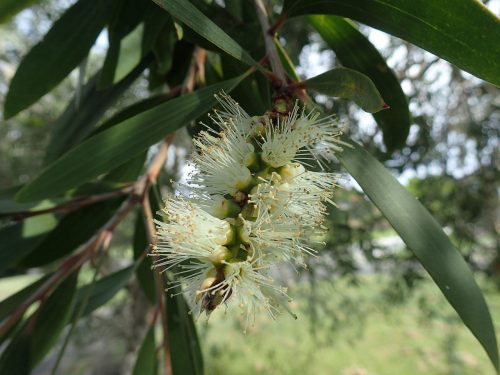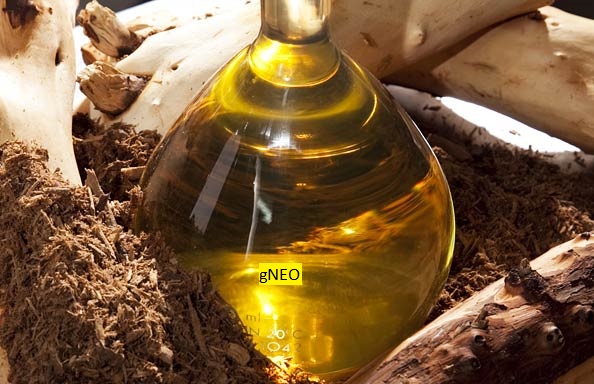Description: Ho Wood oil is steam distilled from the bark and wood of the Ho Wood tree. Because of this, it is a great choice for relaxation and calm. A middle note in perfumery, it has a mild aroma that is sweet, woody with subtle floral undertones. Because the aroma is quite similar to Rosewood essential oils; and because Rosewood trees are endangered, Ho Wood is commonly used as a substitute to Rosewood essential oil. Ravintsara and Ho Wood oil are both extracted from the Ho Wood tree, Cinnamomum camphora. Ravintsara is sometimes referred to as ‘Ho Leaf’ oil. This is revered for its high content of natural linalool, which is among the highest of all essential oils. Ho Wood is a highly beneficial essential oil. When diffused, it freshens up a room and makes you feel calm. When applied on the skin, Ho Wood reduces inflammation and kills infection-causing germs. Today, Ho Wood oil is a popular choice among aromatherapists, culinarians, and beauticians. Its main chemical components, camphor and linalool, make it useful in a wide range of health and wellness applications. This oil is usually likened to Rosewood. However, while these oils share some similarities, they are not entirely the same. Rosewood has a bit more linalool than the average vial of Ho Wood, which gives it a more pronounced scent. Aromatherapists often use both oils together to strengthen their effects.
Botanical Name: Cinnamomum camphora
Plant Part: Wood, bark and leaves.
Extraction Method: Steam Distillation
Odor and Appearance: Clear with a mild aroma that is sweet, woody, camphorous and subtly floral.
Country of origin: Hong Kong
Main Constituents: camphor, 1,8-cineole (eucalyptol), alpha-pinene, beta-pinene, sabinene, and camphene.
Common Uses: Common uses of Ho Wood Essential Oil include aromatherapy for its calming and balancing effects on the mind, perfumery for its sweet and floral aroma, skincare for promoting a healthy complexion, and as a massage oil or bath additive for relaxation and stress relief. Additionally, it can be used in natural cleaning products for its potential antibacterial properties and pleasant scent.
Note: Middle note.
Blends well with: Lemon, Rose, Bergamot, Orange, Lavender, Geranium, Cedarwood, Sandalwood, Frankincense, Rosemary, Clary sage, Black pepper, Ginger, Peppermint, Spearmint.
Contraindications: To prevent potential skin irritation or sensitivity, it should be mixed with a carrier oil before applying to the skin, and individuals with sensitive skin might want to perform a patch test. Pregnant or nursing individuals should consult a healthcare professional before using it, and those with known allergies to plants in the Lauraceae family should use it carefully. When using essential oils around children and pets, exercise care, and if you have any underlying medical conditions, especially skin-related ones, it’s wise to seek advice from healthcare providers or dermatologists.
* These statements have not been evaluated by the Food and Drug Administration. This product is not intended to diagnose, treat, cure, or prevent any disease.*
For large quantities please contact us via our phone number or through the Contact Us page.
Like us on Facebook.









Tanja H. (verified owner) –
I am so excited that I found this EO. I use it as a Rosewood substitute. It is excellent quality.
Thanks for the great price and the great customer service!